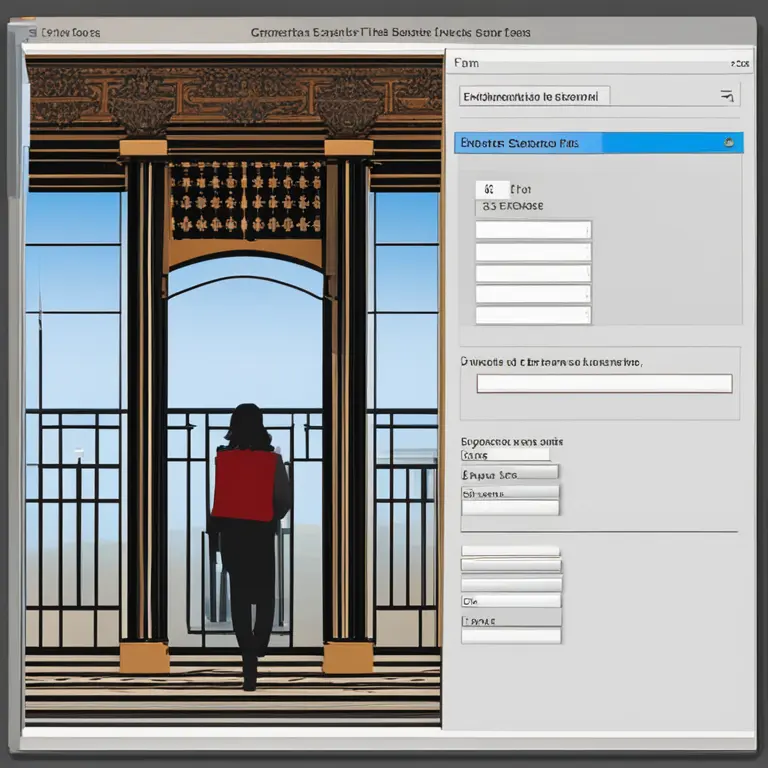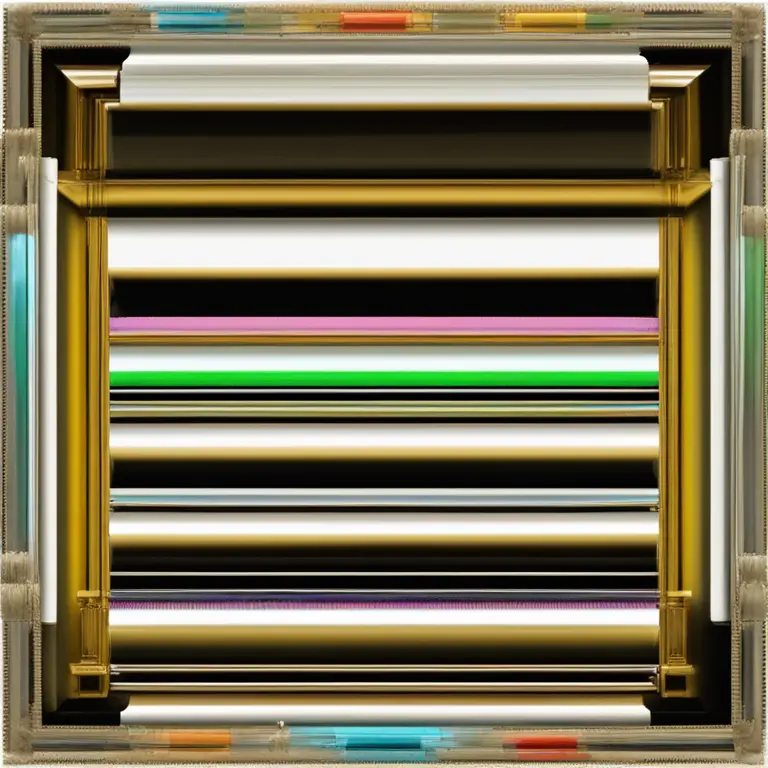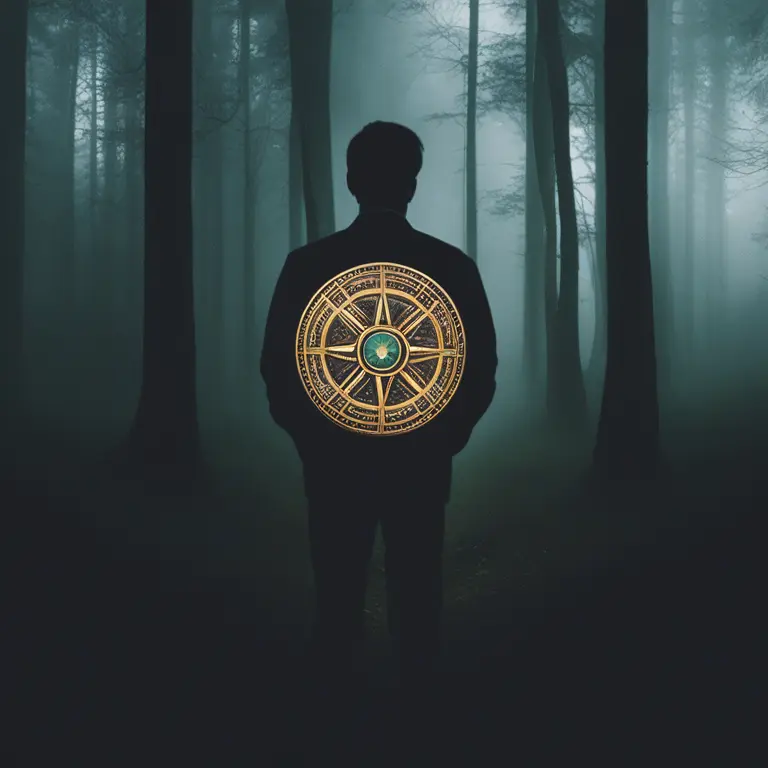
Reversed Cards: A Different Perspective
Reversed Tarot cards often stir curiosity and uncertainty among both novices and seasoned readers alike. When a card appears upside down in a spread, it presents a unique challenge and an opportunity to access a deeper layer of meaning. Unlike their upright counterparts, these inversions can signify opposition, delays, or internal processes. Their presence in a reading is not a cause for alarm but an invitation to explore alternative interpretations and insights that may not be initially apparent. Understanding reversals is crucial for a holistic grasp of the Tarot's wisdom.

Nuances in Interpretation
The nuances of interpreting reversed cards are vast and varied. While some practitioners view them as the antithesis of the card's upright meaning, others perceive them as a milder or more internal manifestation of the same energy. For instance, the strength card in its upright position exudes outward courage, but when reversed, it may suggest a need to find inner strength or courage that has not yet been expressed. Thus, context is key, and the surrounding cards play a significant role in deciphering the accurate message.

Reversals and Energy Flow
Attention to the flow of energy in a spread is essential when encountering a reversed card. Sometimes, a reversal indicates that the card's energy is blocked or restricted in some way. It could denote personal resistance or unresolved issues related to the card's theme. Alternatively, it might signal that the qualities represented are being internalized rather than directed outwards. Observing where and how these blockages manifest can greatly enhance the reading's relevance and applicability to one's personal journey or query.

Common Misconceptions
A common misconception about reversed cards is that they always herald negative outcomes. However, this is not necessarily the case. A reversal may suggest a slower progression or the need for introspection rather than an outright misfortune. For example, the Wheel of Fortune reversed might indicate slow, inevitable change rather than a sudden stroke of bad luck. Accordingly, it's essential to avoid jumping to conclusions and to consider the full spectrum of possibilities a reversal can unfold.
Techniques for Mastery
Mastery of reversed cards comes with practice and study. It is beneficial for Tarot practitioners to experiment with various techniques, such as meditating on a reversed card's image or journaling about its potential meanings in different situations. One should also pay heed to personal intuition as it can offer a unique perspective that goes beyond traditional interpretations. Over time, readers develop their own relationship with the cards, enhancing their ability to provide profound readings that resonate on a personal level.
Reversed Cards in the Present Day
As we venture into the year 2024 and beyond, embracing the complexity of reversed Tarot cards is essential for anyone involved in divinatory practices. In a constantly evolving world, the reversed card's meanings might shift and transform, bringing fresher and more contemporary interpretations to light. Staying updated with current astrological shifts and esoteric trends can assist readers in making their interpretations relevant to modern-day issues and subjects.
Published: 1/17/2024
Modified: 1/17/2024
More predictions
Come back here soon to learn more about yourself and your future


The Astrology Houses Full Guide
Discover the significance of astrology houses and their connections to different life stages through our comprehensive age guide.


Astrology's Framework: Signs & Houses Insight
Delve into the foundational elements of astrological interpretation by understanding the roles of zodiac signs and astrological houses in personal horoscopes.


The Varied Dimensions of Astro Houses
Discover the intricate dimensions of astrological houses and their differing sizes in the zodiac wheel, shaping personal astrology profiles.